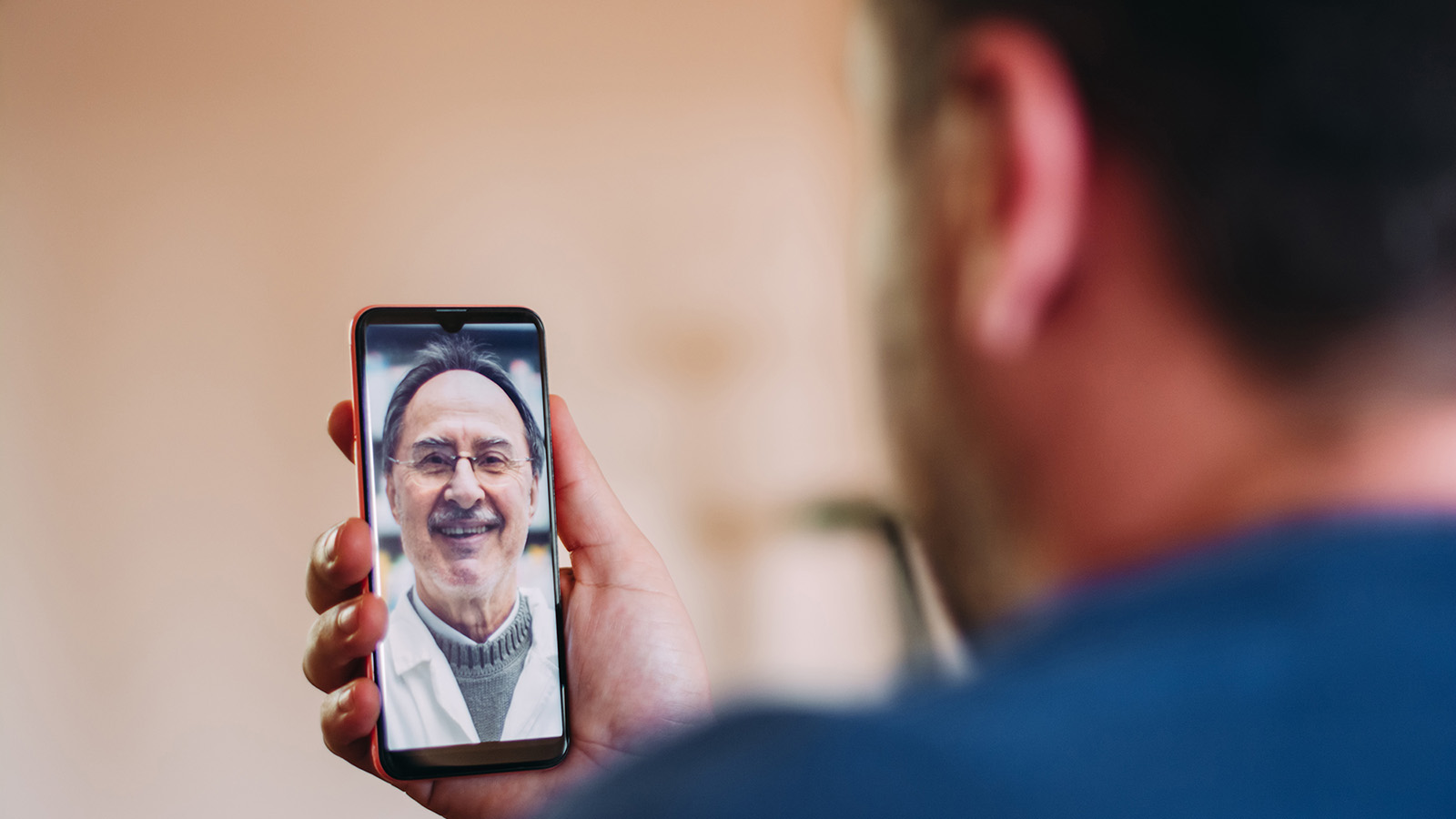Behavioral health: How hospitals are improving access

Behavioral health increases pressure on EDs
Behavioral health is a growing public health problem, and the situation is not expected to improve soon. According to a study in JAMA Psychiatry, during the height of the COVID-19 pandemic ED visits for behavioral health issues such as mental health conditions, suicide attempts, and drug and opioid overdoses were greater than the previous year.
Behavioral health crises hit EDs particularly hard because they were poorly equipped to handle these situations. Reasons included a lack of integration and connectivity to other settings in the community, as pointed out in the Health Affairs blog. Some of the more notable problems with behavioral health care in the ED are delays for patients waiting for a transfer to another care setting; disrespect that traumatizes patients and strips them of their dignity; and poor connections to follow up care. The result is “avoidable, repeat ED visits, limited resolution of symptoms, and a paucity of ongoing support.”
Virtual care and secure messaging: Growing evidence supports use
Which behavioral health improvements will reduce pressure on EDs and increase access to care? The answer is virtual care, or telehealth, and secure text messaging.
According to the Commonwealth Fund, there is robust evidence supporting virtual care for behavioral health, with numerous studies demonstrating its effectiveness across a range of modalities and conditions.
Even before the pandemic, virtual care was an integral part of behavioral health delivery in rural locations. The Rural Health Information Hub says virtual care was being used at hospitals, in primary care settings, mobile health applications or remote monitoring programs, and direct-to-consumer services.
Balancing clinical demand
As discussed at HIMSS21 Digital, virtual care for behavioral health can also help balance demand caused by too many patients and not enough clinicians. Michael Hasselberg, senior director of digital health at the University of Rochester, says “We just don’t have enough psychiatrists and psychologists to meet the demand, and it’s only growing,”
Co-panelist Julie Rish, clinical psychologist and director of design and best practices at the Cleveland Clinic, discussed another benefit of virtual care: “What we’ve learned is that patients feel quite comfortable talking to someone over a tablet, and that allows them to open up to me and tell me things that maybe they wouldn’t have in person.”
How advanced messaging platforms improve behavioral health
In addition to virtual care, secure text messaging has been shown to be effective in engaging patients and providing remote care. Text message interventions are being studied as a way of augmenting care for patients with severe mental illness.
And advanced messaging platforms that integrate both secure texting and video calls are a HIPAA-compliant way for clinicians to communicate with each other and with patients. Advanced messaging platforms streamline care team collaboration, enabling clinicians to work with other providers in real time to help meet patient needs, from finding a bed or placement more quickly, to ensuring follow up once the patient is discharged.
The American Psychiatric Association offers a primer for what standards clinicians should use for text messaging for communicating with patients, including the use of a HIPAA-compliant messaging platform.
About Backline
Backline is a messaging platform for health systems that goes beyond secure texting. The platform integrates video, voice and text, and offers an app especially designed to provide seamless communication with patients.
Backline accelerates clinical communication and gives your care teams the power to collaborate seamlessly in real time. Health systems using Backline optimize patient throughput while increasing clinician and patient satisfaction.



